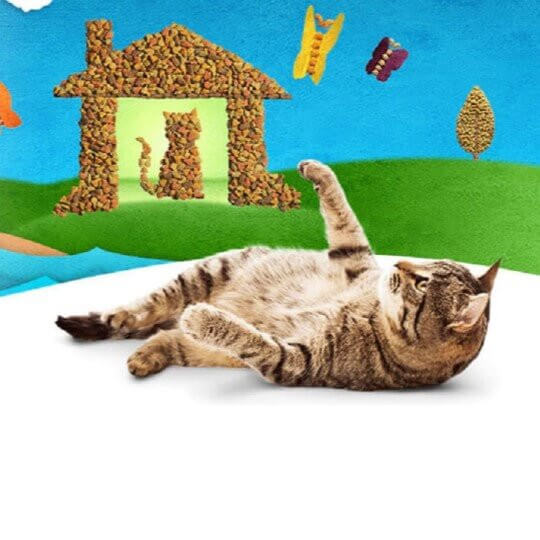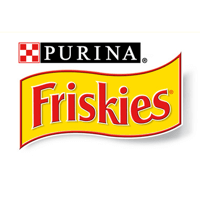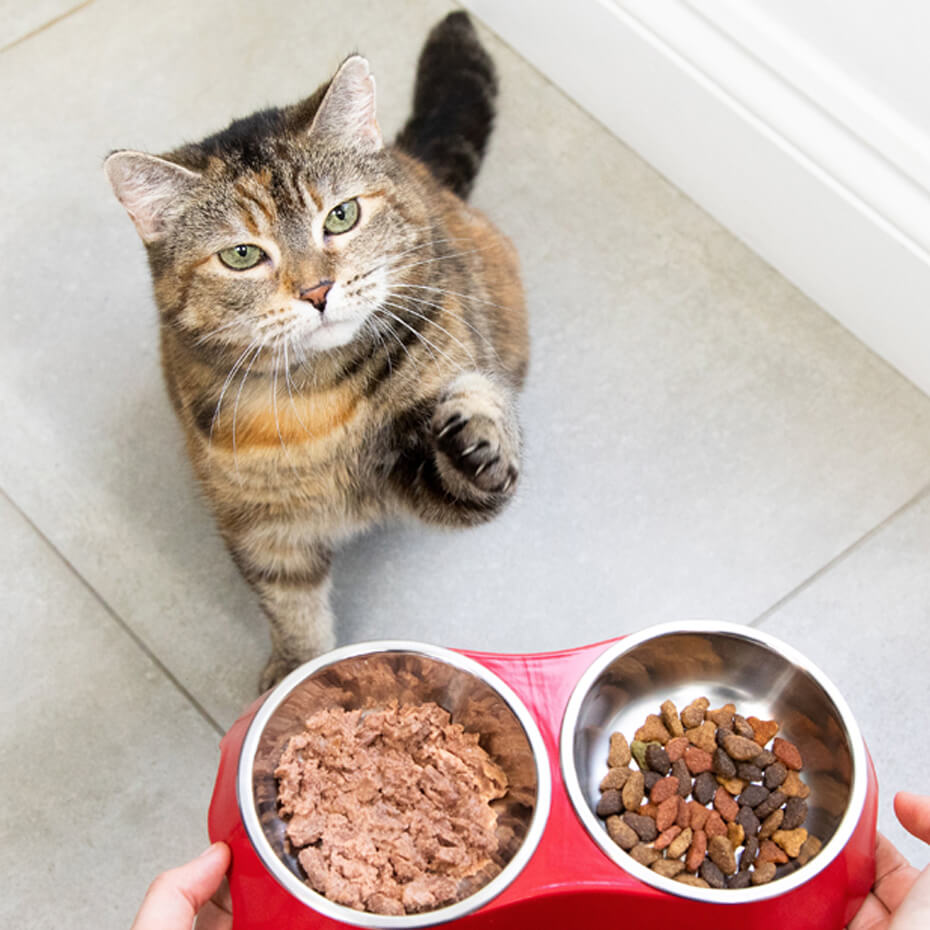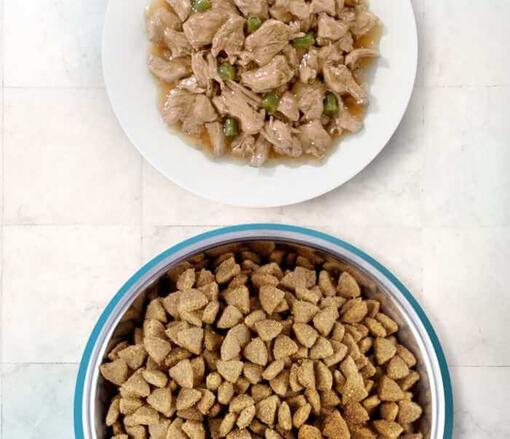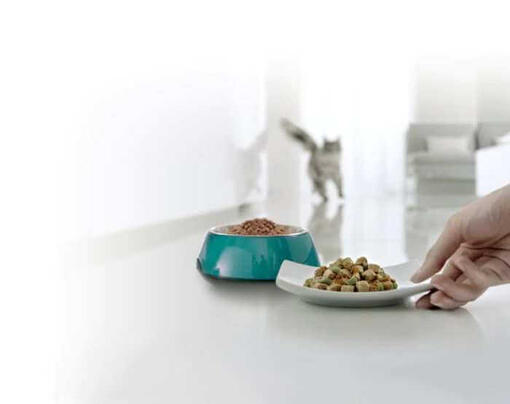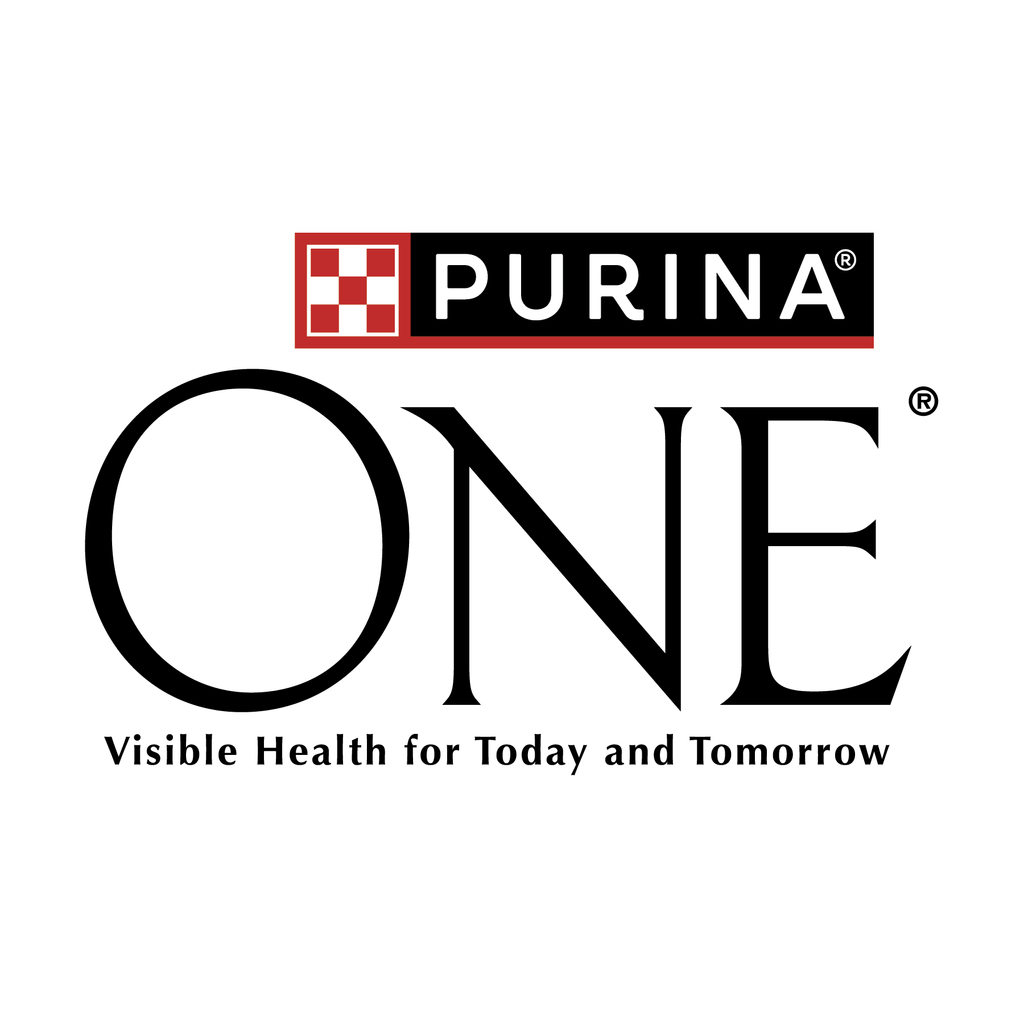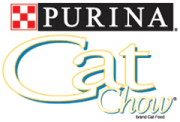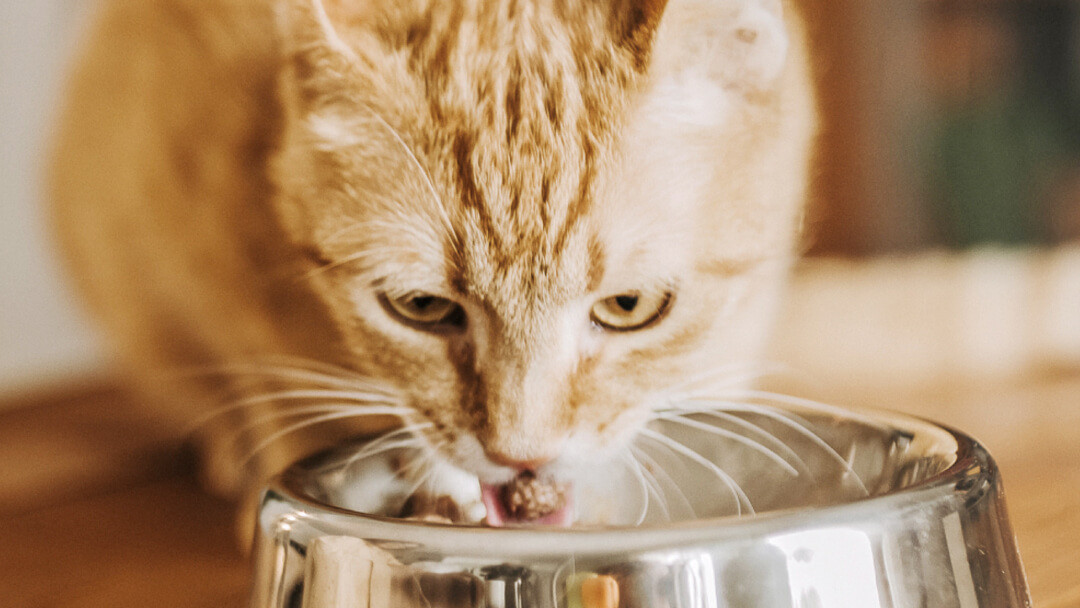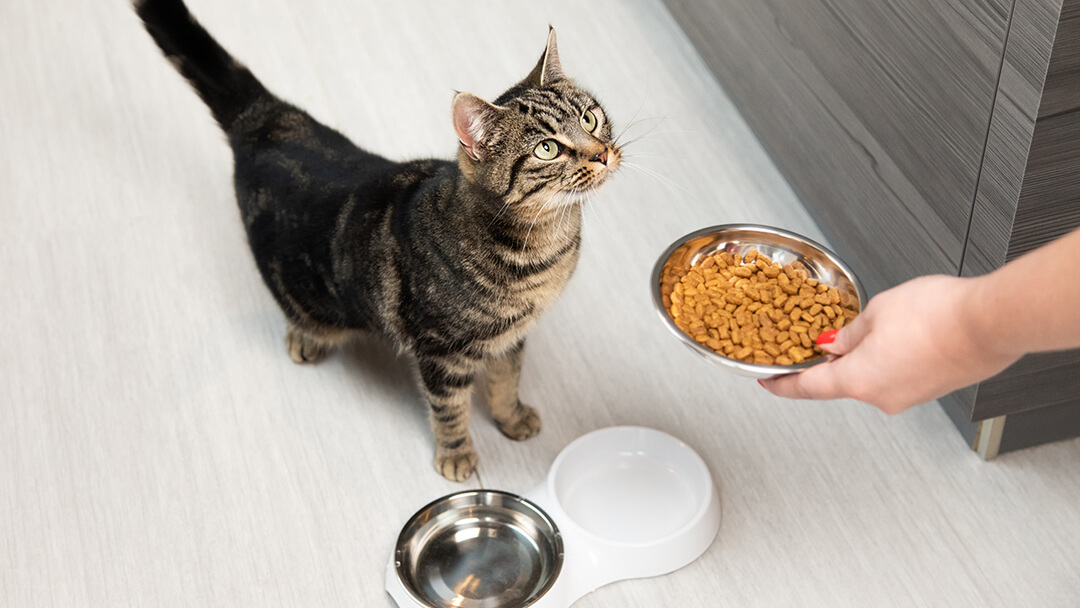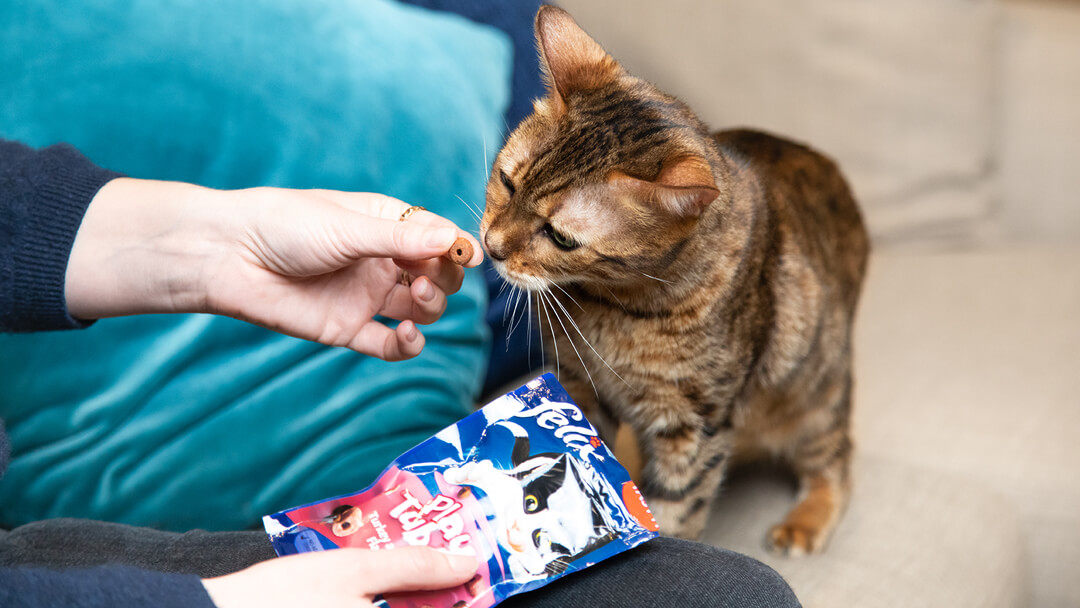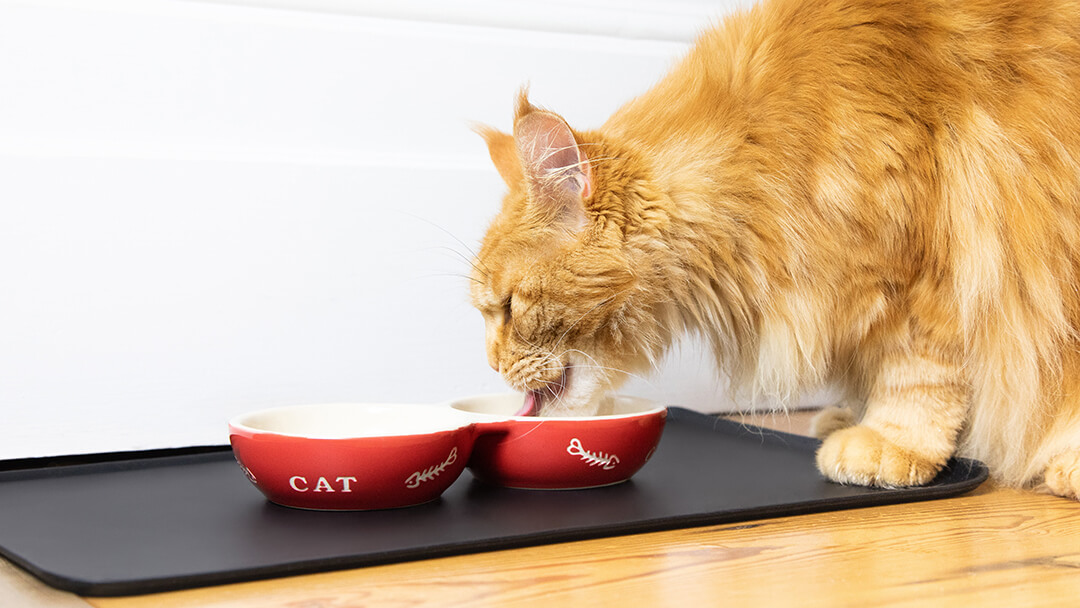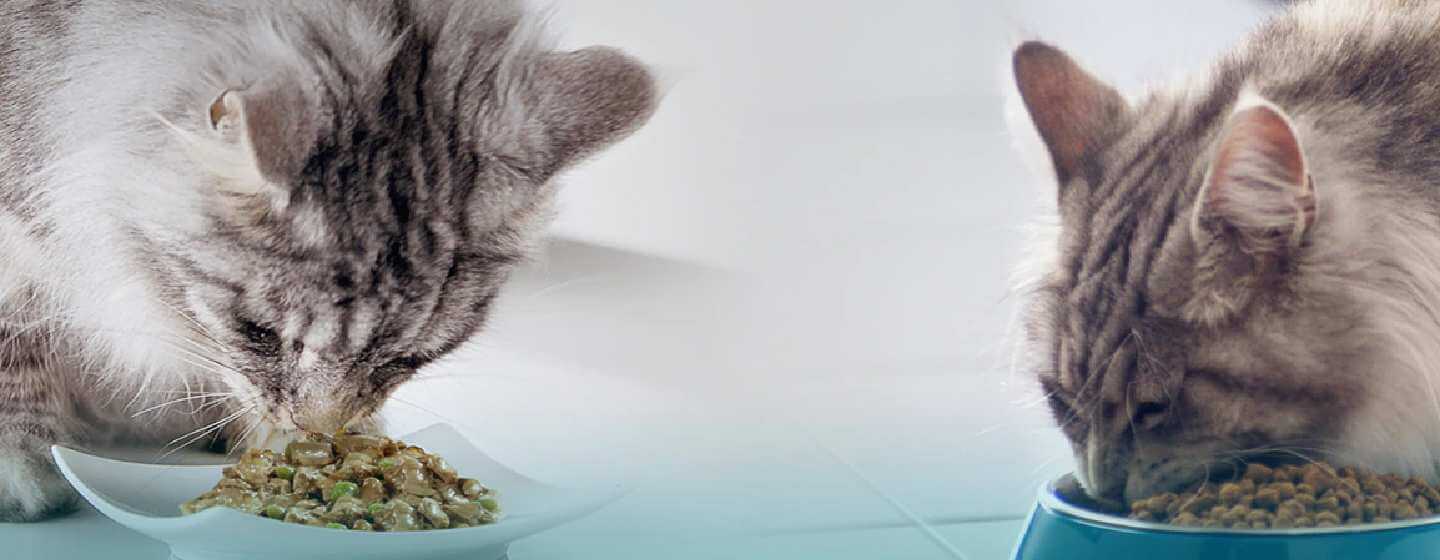
There are countless options and varieties when it comes to feeding your cat, but how do you know you’re choosing the right one? From food type, to meal timing, water and treating, feeding your cat can be a delicate process.
If you’ve ever been left wondering whether your cat is getting the most she can from mealtime, check out the articles below, where we breakdown the differences between wet and dry food, feeding habits, and how to get the balance just right.
Quick links:
MIXED FEEDING: THE BEST WAY TO MIMIC YOUR CAT’S NATURAL DIET
Thanks to many thousands of years of nature’s opportunities and challenges, your cat’s body, metabolism and dietary needs have evolved to become quite specific—much more so than a dog’s. Today, even if your cat occasionally hunts and consumes mice, birds or insects, most of her food intake depends on you. Understanding what kinds of food and feeding conditions cats have evolved to favour—meaning why they prefer some textures and temperatures, and their unique hydration balance—can help you make the right choices.
Studies have shown that mixed feeding—combining both nutritionally complete dry and wet foods every day—is best adapted to fulfil your cat’s health needs because it comes the closest to the species-specific behaviour that cats first developed in the wild.
SOMETIMES THE SOLUTION TO PESKY BEHAVIOUR IS IN THE BOWL
Some feline behaviour can be attributed to individual quirks. Sometimes it signals a need to go to the vet. Sometimes it’s just your cat trying to get her health and wellness needs met. In every case, you can help. Here, some clues to tell when it’s her or you, and what to do.
MIXED FEEDING SUPPORTS HEALTHY HYDRATION IN CATS
Because cats evolved from a period when they relied on hydration from eating their prey, they aren’t the most conscientious water drinkers. Cats often love the satisfying crunch of dry food, but cats on a dry diet have a higher tendency to become dehydrated. Without enough water in their system, they can develop overly concentrated urine, which can quickly lead to kidney or urinary tract problems.
One of the most efficient and easiest ways to ensure that your cat is properly hydrated is to feed her all wet food or a combination of both wet and dry food daily. The right mixed feeding program will satisfy your cat’s instinctual cravings while keeping her water levels in balance.
If you’re not sure you’ve found the right hydration balance for your cat, check for the following signs in appearance and behaviour with some helpful tips on how to manage her hydration.

